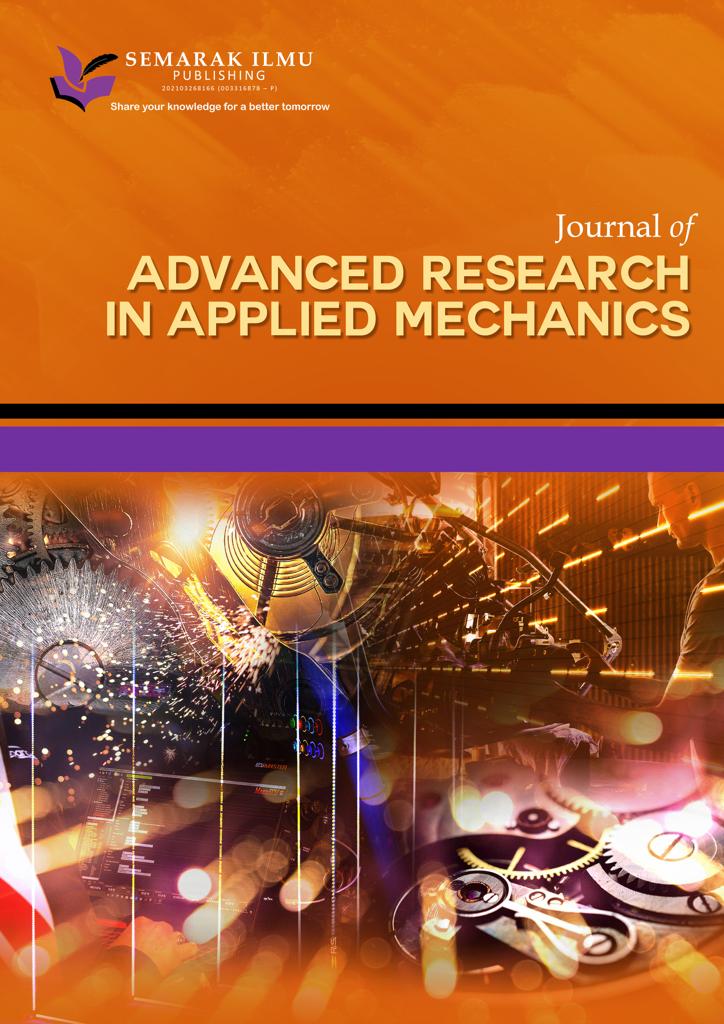Steam Gasification of Biomass for Hydrogen Production – A Review and Outlook
DOI:
https://doi.org/10.37934/arfmts.98.2.175204Keywords:
Renewable energy, hydrogen production, steam gasification, biomass, gasifier types, catalystsAbstract
This article summarizes various biomass gasification methods and explains their advantages and disadvantages. First, theoretical aspects of gasification and the variety in reactor designs are overviewed. Despite the eminent effect of reactor design on gas product quality, gasification agents remain the dominant factor that determines the gas composition. Steam gasification is a thermochemical process that promotes organic carbonaceous substances into carbon monoxide and hydrogen while reducing the presence of dilutants. However, several obstacles during gasification and downstream processing have to be overcome to achieve adequate maturity. Gasification characteristics of steam were compared to the other gasification agents, including air, oxygen and CO2. The key performance parameters affecting steam gasification include raw material properties, additive and catalytic materials. While the key operating parameters include operating temperature, residence time, superficial velocity, equivalence ratio and steam-to-biomass ratio. Finally, the techno-economic evaluation and challenges facing the commercialization of steam gasification were discussed.
Downloads



























